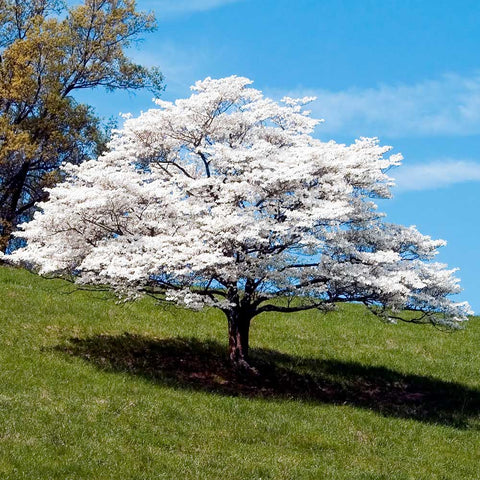3 Great Plants for Attracting Pollinators
Gardening for pollinators is one of the most rewarding practices for the gardener and the environment. By cultivating plants that attract and support pollinators, you can enjoy a vibrant, lively garden while contributing to the health of local ecosystems. We'll explore three exceptional pollinator plants: butterfly weed, coneflower, and milkweed.
Butterfly Weed (Asclepias tuberosa)Butterfly weed is a stunning perennial that adds a burst of orange color to any garden. It's a milkweed family member known for its clusters of bright, nectar-rich flowers.
Pollinator Appeal: As the name suggests, butterfly weed is a magnet for butterflies, particularly monarchs. Its flowers provide essential nectar for adult butterflies, while its leaves serve as a host plant for monarch caterpillars. Other pollinators, including bees and hummingbirds, are also drawn to its vibrant blooms.Growing Tips:
- Light: Prefers full sun.
- Soil: Thrives in well-drained soil.
- Water: Drought-tolerant once established, making it a low-maintenance choice.
- Care: Avoid overwatering, and consider planting in a spot where it can naturalize and spread over time.
Coneflower (Echinacea)
Coneflowers are beloved for their daisy-like appearance and striking purple, pink, or white petals surrounding a prominent central cone. These hardy perennials are native to North America and are a staple in many pollinator gardens.
Pollinator Appeal: Coneflowers are beautiful to various pollinators, including bees, butterflies, and hummingbirds. The flowers produce abundant nectar and pollen, providing a valuable food source throughout the growing season.Growing Tips:
- Light: Full sun to partial shade.
- Soil: Well-drained soil is ideal, though coneflowers can tolerate poor soil conditions.
- Water: Medium watering; allow the soil to dry out between waterings.
- Care: Deadhead spent flowers to encourage continuous flowering and divide clumps every few years to maintain plant health.
Milkweed (Asclepias spp.)
Milkweed is best known for its critical role in the monarch butterfly's life cycle. Several species of milkweed exist, including common milkweed (Asclepias syriaca), swamp milkweed (Asclepias incarnata), and tropical milkweed (Asclepias curassavica), each with unique characteristics.
Pollinator Appeal: Milkweed flowers are a rich nectar source for bees, butterflies, and other pollinators. Monarch butterflies rely on milkweed plants exclusively for laying their eggs, and the caterpillars feed on the leaves. This mutual relationship underscores the importance of milkweed in supporting monarch populations.
Growing Tips:
- Light: Full sun.
- Soil: Varies by species; common milkweed prefers well-drained soil, while swamp milkweed thrives in wetter conditions.
- Water: Moderate to high, depending on species.
- Care: Milkweed can be slow to establish but will spread over time. Plant multiple species to support a diverse pollinator population.
Creating a Pollinator-Friendly Garden
When planning your pollinator garden, consider incorporating a mix of butterfly, coneflower, and milkweed to create a continuous bloom cycle and provide various nectar sources throughout the growing season. Here are some additional tips for success:
- Diverse Plantings: Include a variety of flowering plants to attract different pollinators and ensure blooms throughout the season.
- Avoid Pesticides: Chemical pesticides can harm pollinators.
- Provide Water: A shallow water source, such as a birdbath with stones for perching, can be a lifesaver for thirsty pollinators.
- Create Habitat: Leave some areas of your garden undisturbed to provide shelter and nesting sites for pollinators.
By incorporating butterfly weed, coneflower, and milkweed into your garden, you will boast a beautiful landscape teeming with life while playing a crucial role in supporting pollinator populations. Happy gardening!




